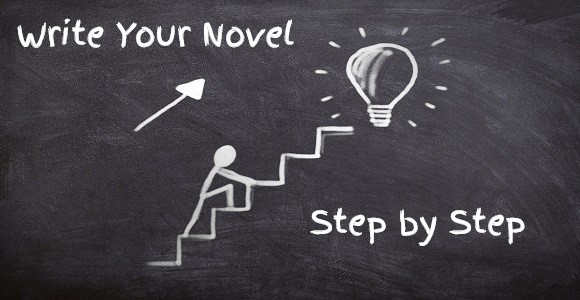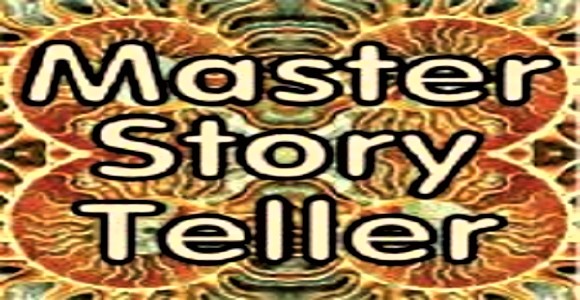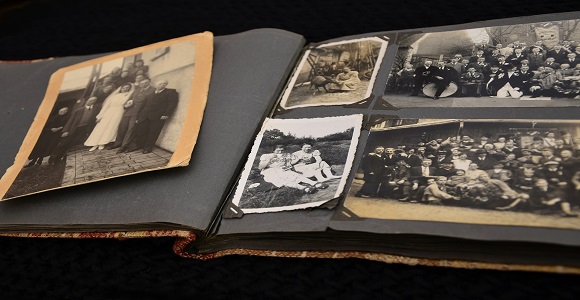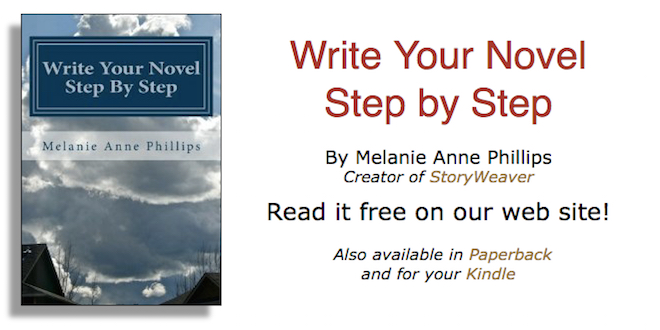
What’s Your Novel About?
This might seem an easy question to answer because you’ve been thinking about your story quite a bit and know the essence of what you want it to be pretty well.
Yet if a friend asks you, “What’s your novel about?” it can often be difficult to give them a short answer that does justice to all you have in mind. You might start by explaining about all the key elements of your story – the character and their problems and their quests. Or, you might relate a sequential timeline of all the major things that happen, essentially telling them the plot.
At some point, their eyes begin to glaze over and you know that not only have they lost interest, but you never actually explained the core of your story so that they really know what your novel is about.
This is a symptom of a larger problem for novelists: If you can’t describe the essence of your story in a single sentence, your story really has no core.
Sure, you may have done all kinds of work, have scores of compelling ideas, and a real sense of how it is shaping up. But without identifying the central spine of your story, your tale is likely to meander around aimlessly without a central spine to give it purpose and structure.
To solve this problem, both for you and your friend, you should create a log line for your story. A log line is a short (preferably one-sentence) description of what it’s all about.
The remainder of this article will provide some examples of log lines, methods for creating your own, and a discussion of how to use it, once you’ve got it
From our StoryWeaver story development system:
A log line sums up the essence of what your story is about in a concise little nugget.
For example, a log line for Hamlet might read:
A prince of Denmark seeks revenge against his uncle for murdering his father and feigns insanity to buy time to plan the best method, but ultimately fails to achieve his goal.
Now clearly everything that makes Hamlet amazing is missing from the log line. But it does serve to capture the gist of what is going on and most important answers the question “What’s Hamlet about?”
For a longer example, here’s a log line for Charles Dickens’ A Christmas Carol:
At Christmas time, an unhappy and miserly man has isolated himself from emotional attachments as a shield against his own childhood pain of loss and rejections, but through the intervention of three ghosts who force him to confront his past, present and future, he ultimately sees how he has victimized both himself and others, repents, seeks to make amends and rediscovers the joy of Christmas.
Though this log line meets the requirement of being a single sentence, it’s a run-on sentence. That defeats the purpose of refining your story concept until it’s sharp as a tack.
A better attempt would be:
A wealthy but stingy businessman who has become bitter due to great personal losses in his youth learns the value of giving after being visited by three ghosts on Christmas eve.
In this shorter version there’s a lot of important and meaningful material that wasn’t covered, but the longer the log line, the less focused your story concept becomes. Of course, the Log Line Police are not going to bust down your door and confiscate your keyboard if you exceed one tight sentence, but the point here is to boil down the heart of your story to its essence in the least number of words you can manage.
Now it’s your turn to write a log line. After you do, make sure it is only one sentence. And no cheating by trying to cram more information into it by writing a big long convoluted James Joyce sentence. Seriously – you’d be surprised how many writers hate leaving anything out. They hate it so much they would rather bloat their log line to the point it is unusable rather than lose a single thing, which completely defeats the purpose!
Don’t do this! The whole point of this exercise is to get your wonderful, passionate, inventive, compelling story boiled down to one dull, boring (but informative) line.
An example from StoryWeaver:
The example log line we’ll be using for the next few steps is:
“A sheriff is trying to stop a gang of cutthroats from repeatedly robbing his town.”
Sound like dozens of cliché stories you’ve read or seen before, right? Your story’s log line might seem the same way at this stage. Not to worry… As we progress through the next few steps, you’ll see this simple example expand and refine until it becomes a truly rich story world, just as yours will.
And finally, some additional information from StoryWeaver about the log line concept:
Creating a log line centers your story, provides it with an identity, and ensures that all your story development work will be guided by this beacon so your story becomes sharply focused and every element is clearly connected to the hub. It is like when a huge cloud of dust and gas condenses into a solar system and ignites into a sun around which all your story concepts orbit.
Without a log line, a story often remains just a cloud and the telling of such a story tends to meander aimlessly. Rather than forging ahead with a clear direction, it stumbles forward, tripping over its own unfocused feet and landing in the lap of your readers or audience with a dull thud as an amorphous lump with no form, no purpose, and no meaning. Now isn’t that sad, perhaps even pathetic? So let’s avoid that.
As you write your log line, think about the story notes and any initial material you may have written into the Notes and Story windows. Think about the reason you want to write this particular story in the first place, and then enter your log line in the Story Development box below.
Once you have your log line, it becomes the seed from which your story can grow with focus and purpose. In the steps that follow we’ll draw on your Notes and also develop new material to expand your log line into a full-blown story concept called a synopsis that includes all your major plot events, your principal characters, your thematic topic and message, and the elements of genre that give your story its personality.
In future steps we’ll explore how you can pull loose threads on your log line to weave a detailed synopsis that will provide a solid foundation for your novel, but you can keep going right now with the interactive online StoryWeaver App. Check out the 14 day free trial at Storymind.com/free-trial.htm









